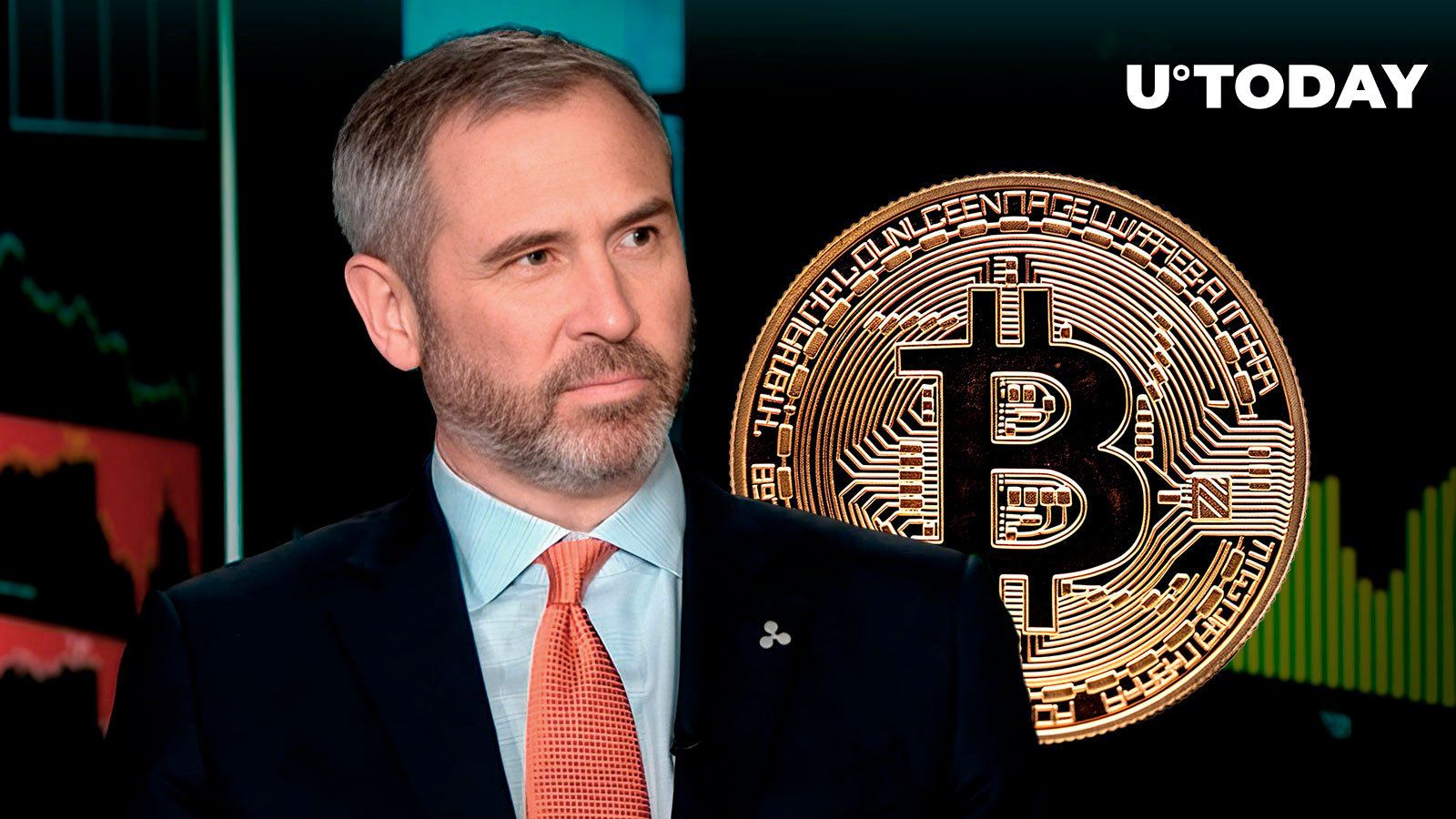What Bitcoin’s Latest Whale Transfers Reveal About Current Cycle
The post What Bitcoin’s Latest Whale Transfers Reveal About Current Cycle appeared on BitcoinEthereumNews.com. After peaking at a new all-time high of over $122,800 earlier this week, Bitcoin (BTC) has undergone a correction, driven by macroeconomic pressures and profit-taking. In fact, an old Bitcoin whale from the Satoshi era has also started moving its holdings, exacerbating sell-off fears. Still, experts argue that Bitcoin’s ability to weather such transfers without significant price disruption highlights its maturation as a highly liquid asset. Can Bitcoin Withstand Satoshi-Era Whale Transfers? In a recent post on X, blockchain analytics firm Lookonchain revealed that the whale who held 80,009 Bitcoins valued at approximately $9.46 billion, transferred 40,009 BTC, worth about $4.68 billion, to Galaxy Digital, adding to its trend of earlier transfers. Furthermore, Galaxy Digital then deposited 6,000 BTC, worth $706 million, directly into two major cryptocurrency exchanges, Binance and Bybit. This indicated that the firm is likely preparing to sell these assets. “There’s still a remaining 40,000 BTC in four separate wallets, totaling 10,000. Galaxy Digital doesn’t sell to exchanges immediately after the transfers are made; it waits a while before selling in increments of 200-300 BTC,” The Crypto GEMs added. Nonetheless, the activity revealed a great deal about Bitcoin’s liquidity. A market watcher, Vijay Boyapati, stressed that the volume rivaled Germany’s Bitcoin sales from the previous year. Despite this, the market absorbed the pressure with only a modest decline. “Bitcoin is now one of the most deeply liquid markets on Earth, up there with gold and Treasuries,” he wrote. In a separate post, Boyapati stated that the transfers should not be viewed as a cause of concern. Instead, it marks an important step in the process of monetization. This shift from a few large holders to a broader group is a sign that Bitcoin is increasingly becoming a widely recognized form of money. Furthermore, Bloomberg’s ETF analyst James…

The post What Bitcoin’s Latest Whale Transfers Reveal About Current Cycle appeared on BitcoinEthereumNews.com.
After peaking at a new all-time high of over $122,800 earlier this week, Bitcoin (BTC) has undergone a correction, driven by macroeconomic pressures and profit-taking. In fact, an old Bitcoin whale from the Satoshi era has also started moving its holdings, exacerbating sell-off fears. Still, experts argue that Bitcoin’s ability to weather such transfers without significant price disruption highlights its maturation as a highly liquid asset. Can Bitcoin Withstand Satoshi-Era Whale Transfers? In a recent post on X, blockchain analytics firm Lookonchain revealed that the whale who held 80,009 Bitcoins valued at approximately $9.46 billion, transferred 40,009 BTC, worth about $4.68 billion, to Galaxy Digital, adding to its trend of earlier transfers. Furthermore, Galaxy Digital then deposited 6,000 BTC, worth $706 million, directly into two major cryptocurrency exchanges, Binance and Bybit. This indicated that the firm is likely preparing to sell these assets. “There’s still a remaining 40,000 BTC in four separate wallets, totaling 10,000. Galaxy Digital doesn’t sell to exchanges immediately after the transfers are made; it waits a while before selling in increments of 200-300 BTC,” The Crypto GEMs added. Nonetheless, the activity revealed a great deal about Bitcoin’s liquidity. A market watcher, Vijay Boyapati, stressed that the volume rivaled Germany’s Bitcoin sales from the previous year. Despite this, the market absorbed the pressure with only a modest decline. “Bitcoin is now one of the most deeply liquid markets on Earth, up there with gold and Treasuries,” he wrote. In a separate post, Boyapati stated that the transfers should not be viewed as a cause of concern. Instead, it marks an important step in the process of monetization. This shift from a few large holders to a broader group is a sign that Bitcoin is increasingly becoming a widely recognized form of money. Furthermore, Bloomberg’s ETF analyst James…
What's Your Reaction?






































